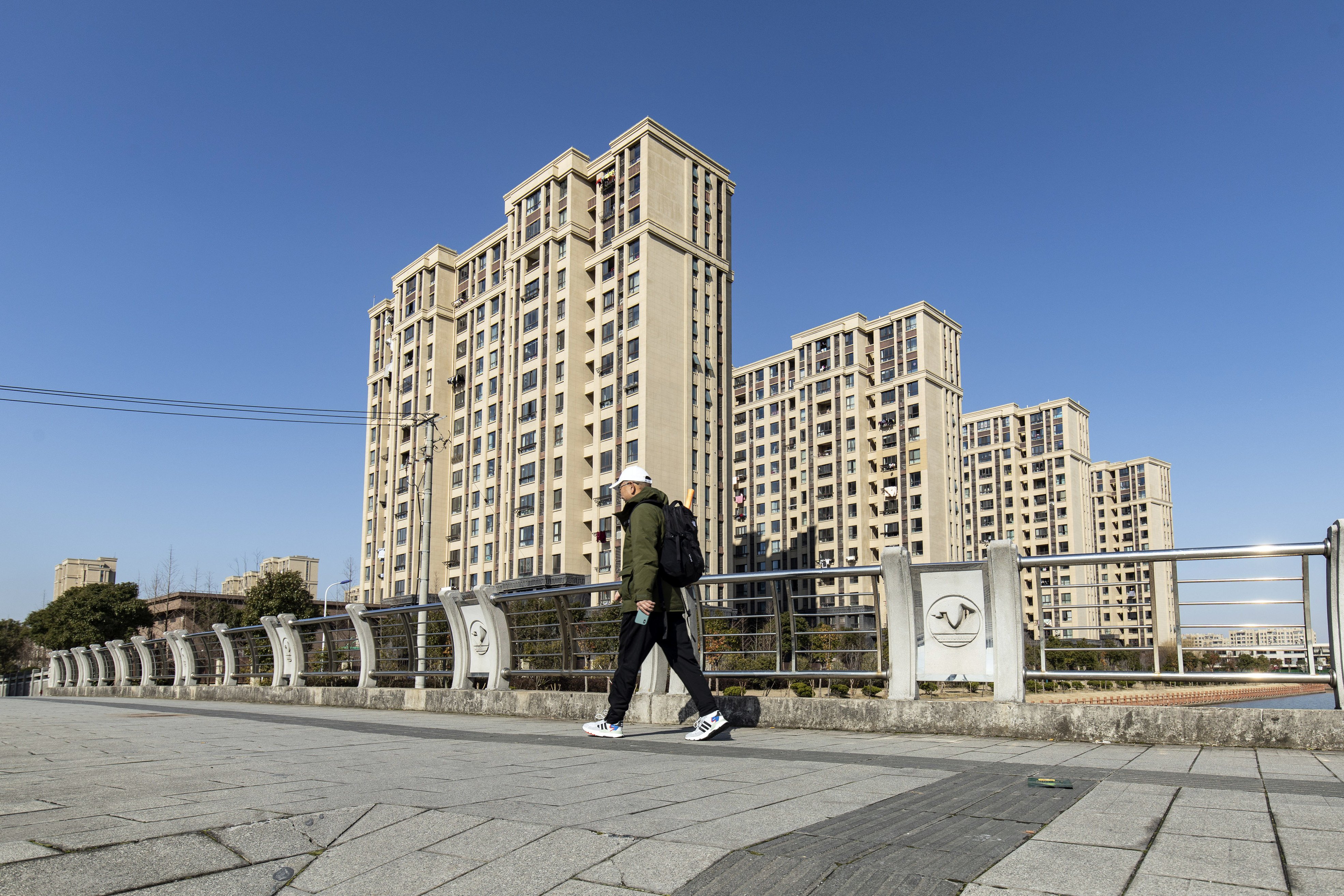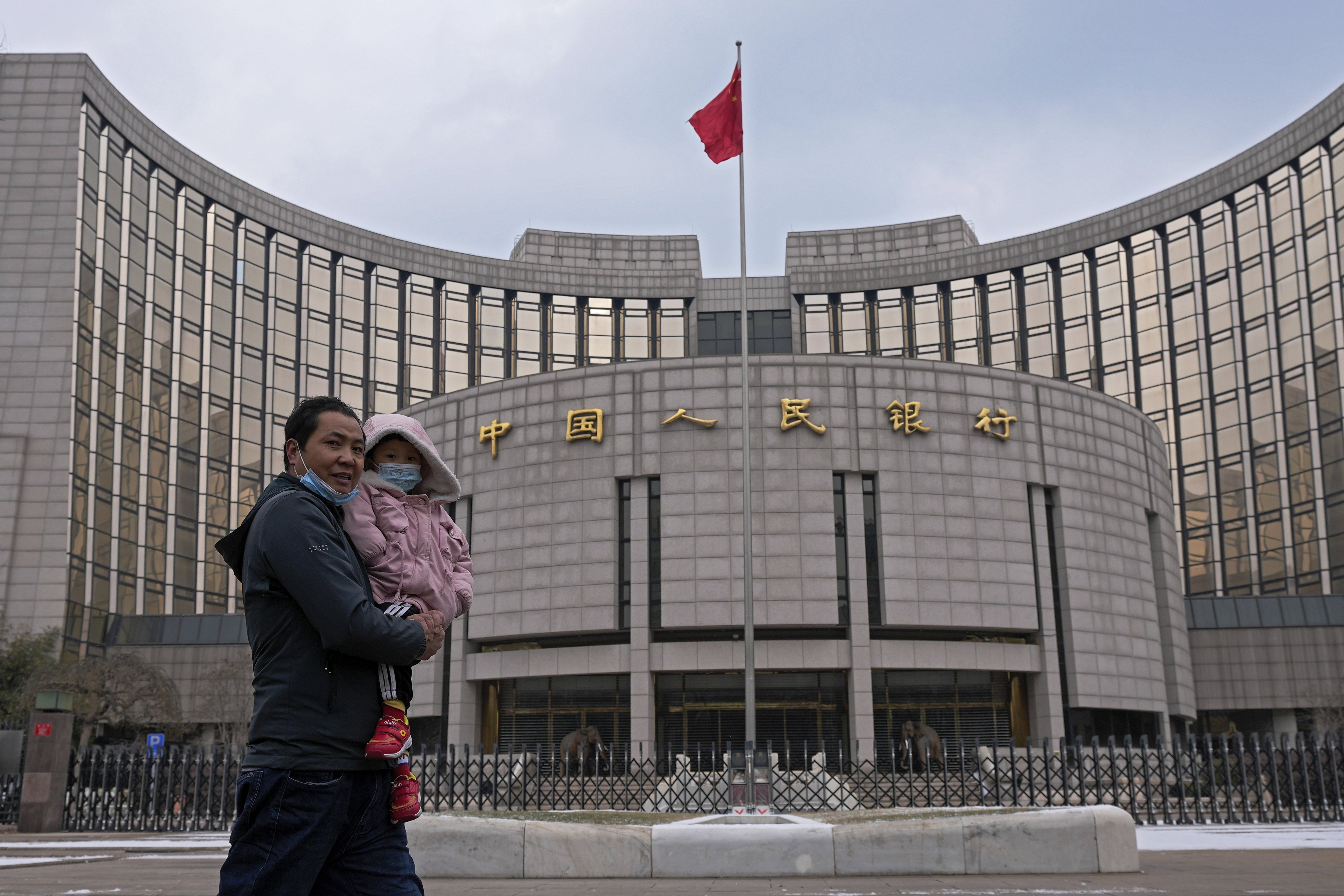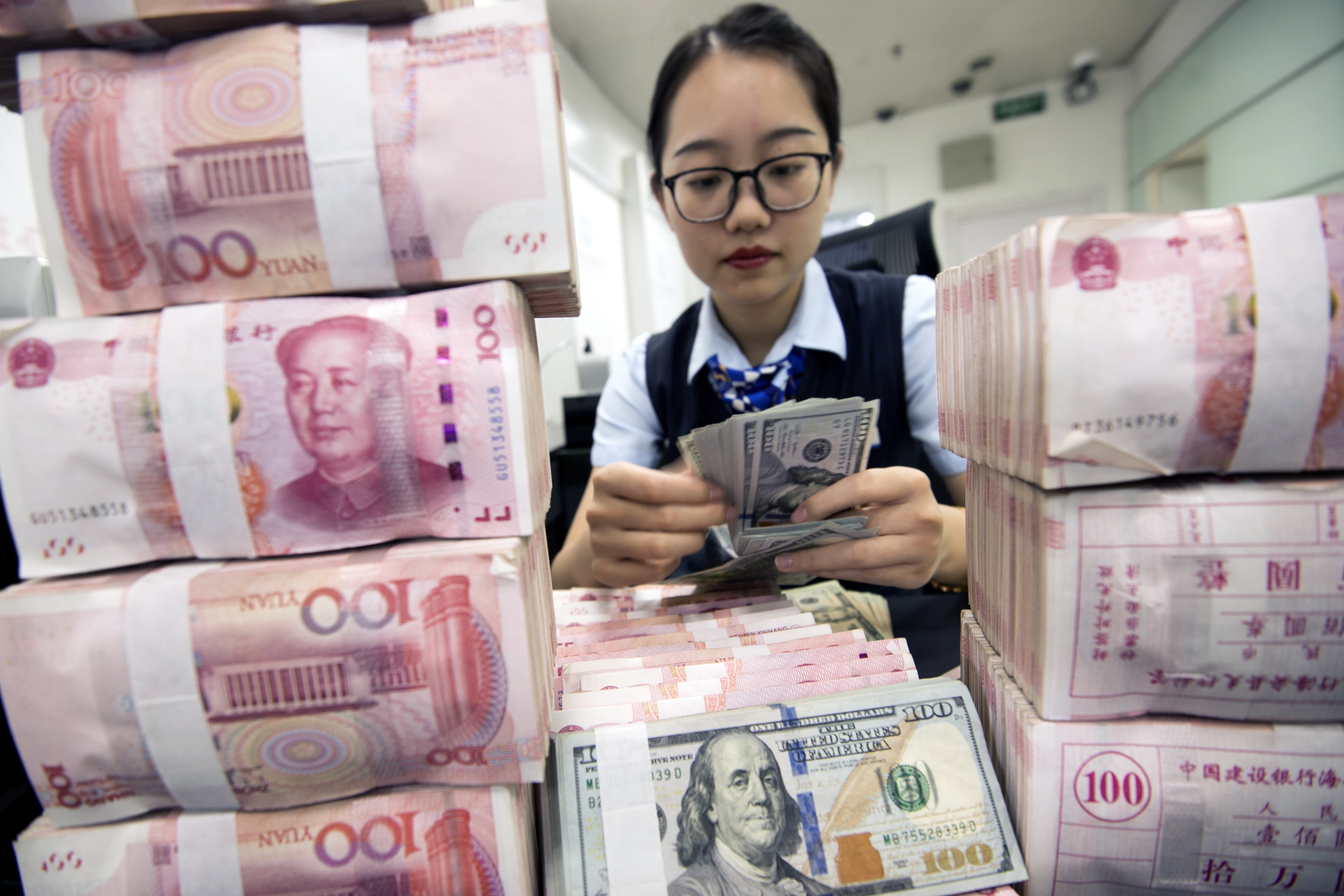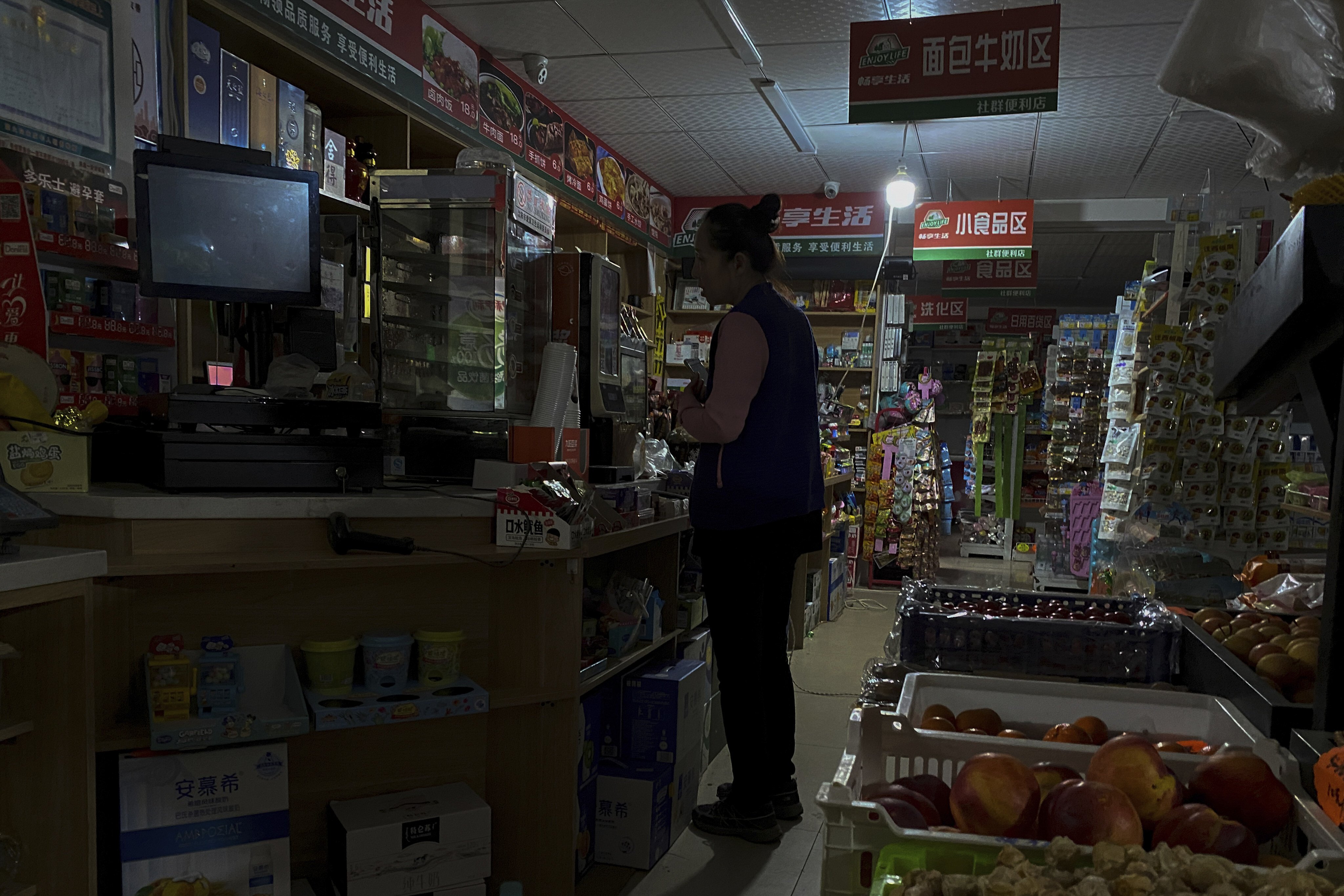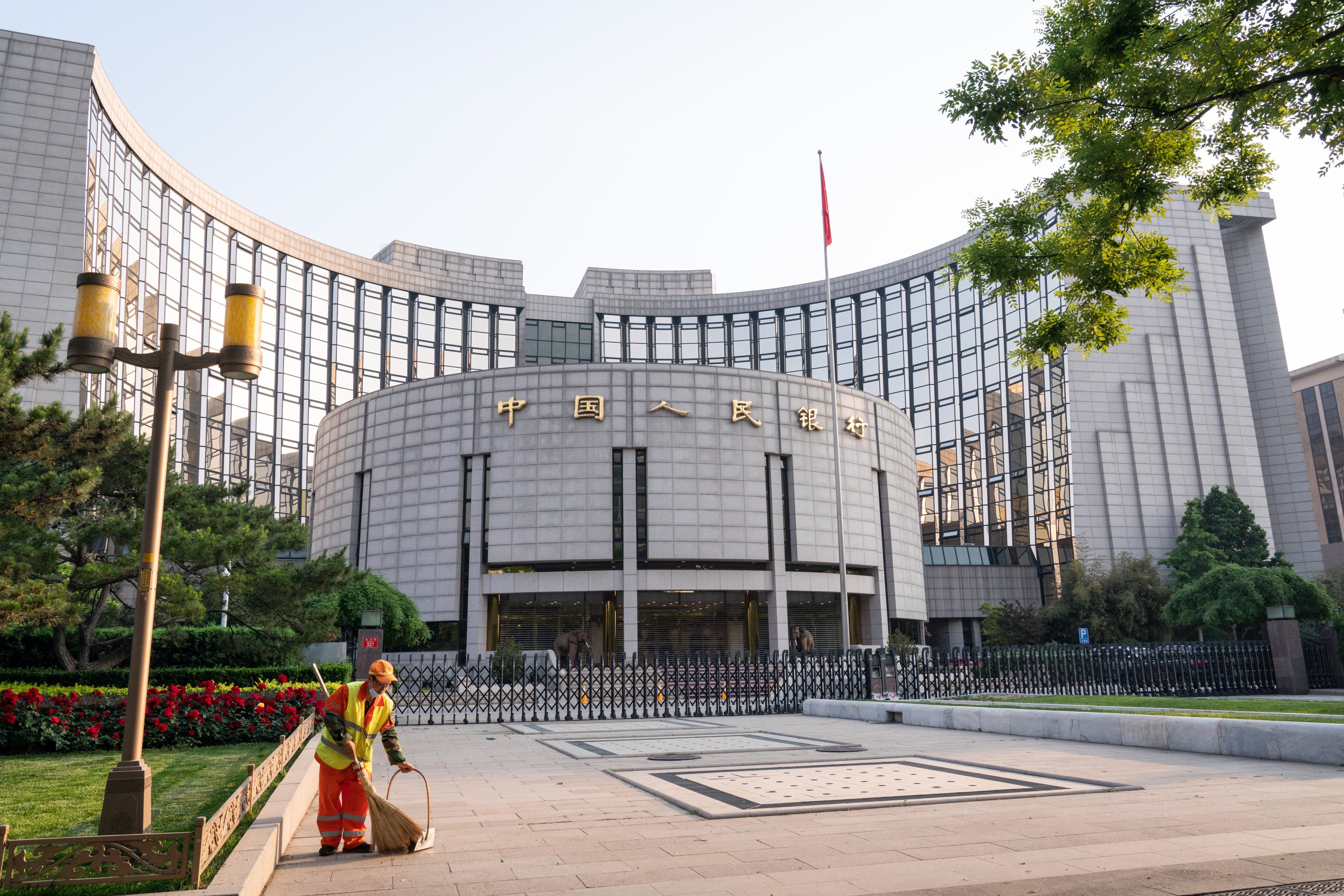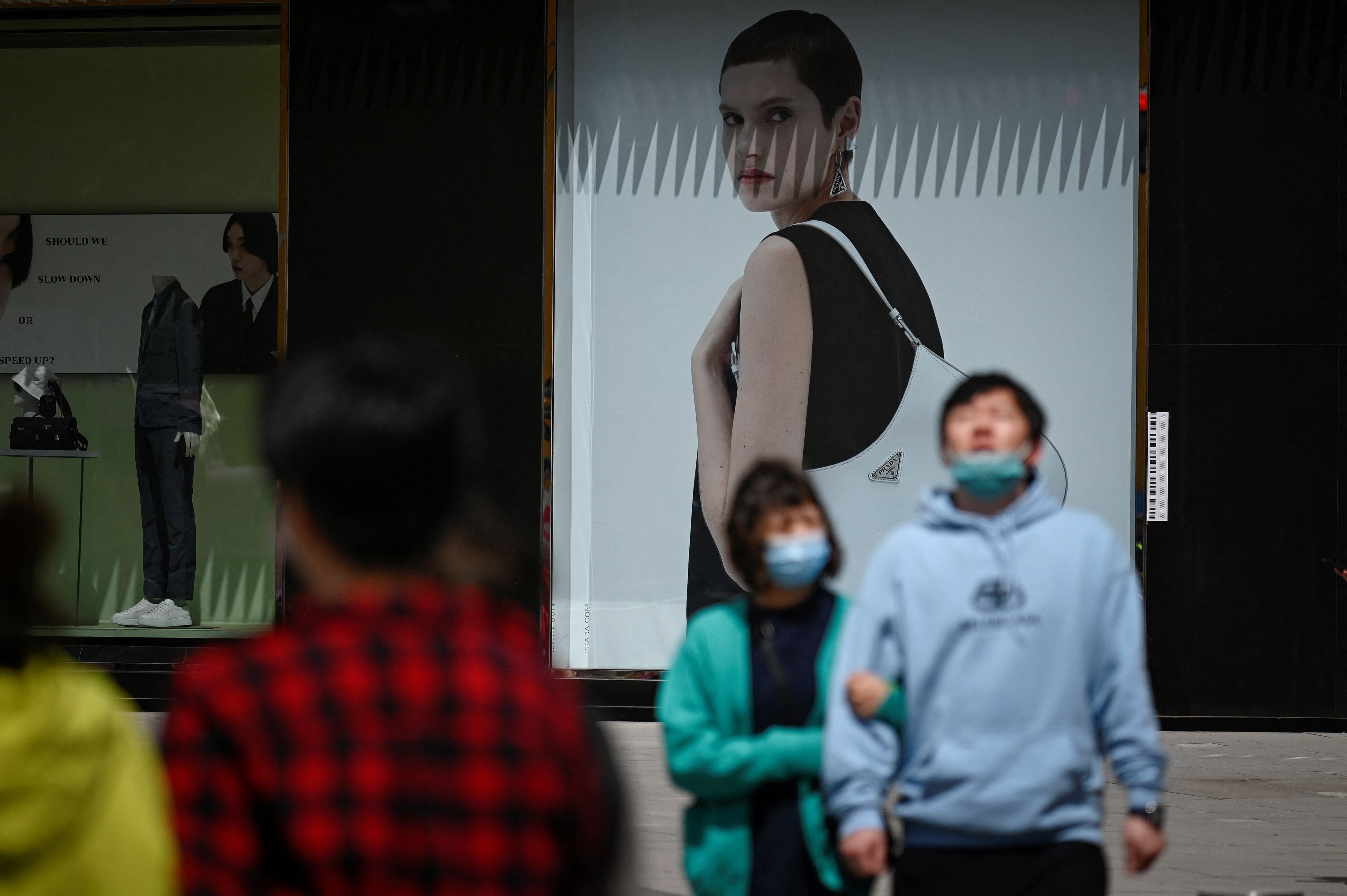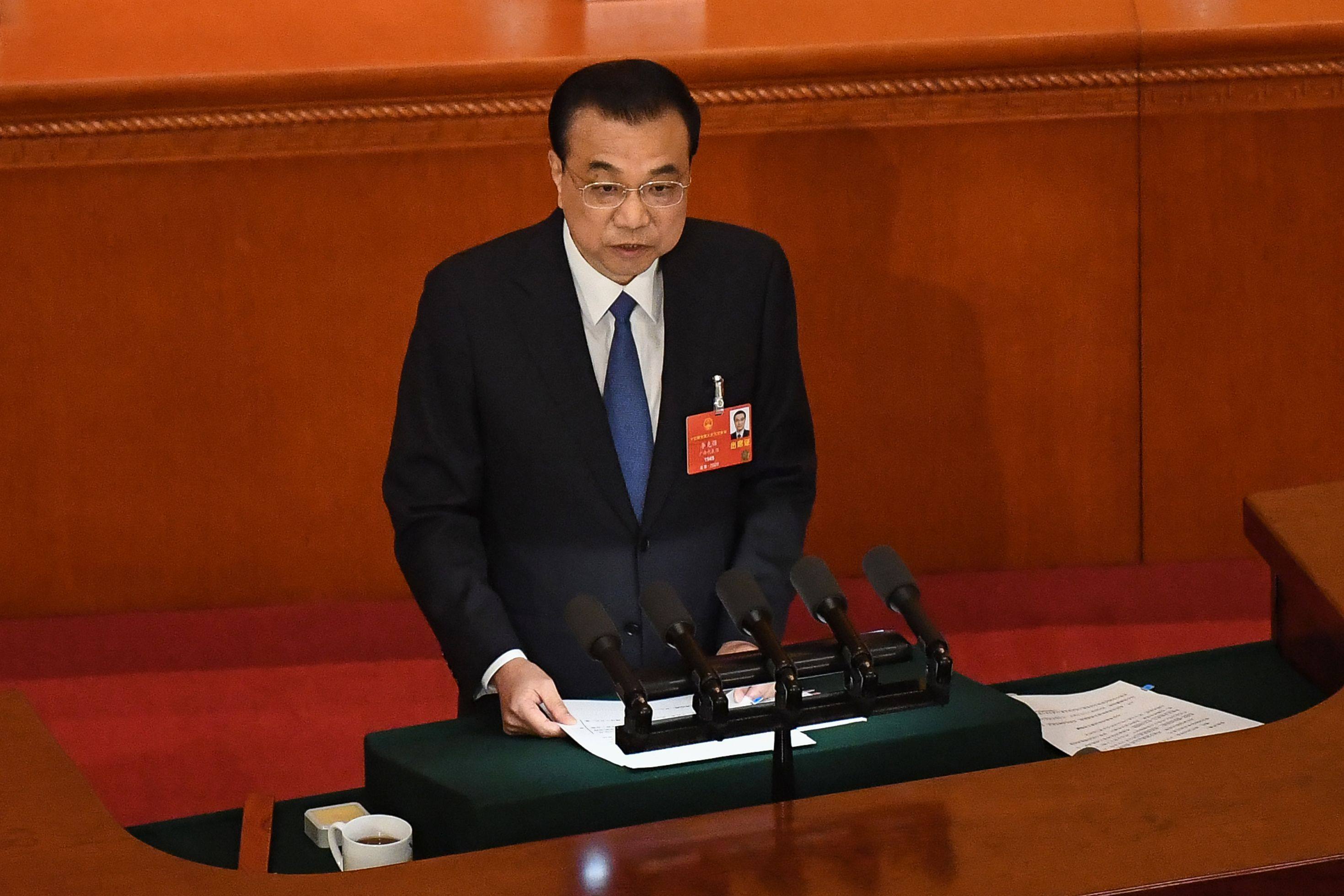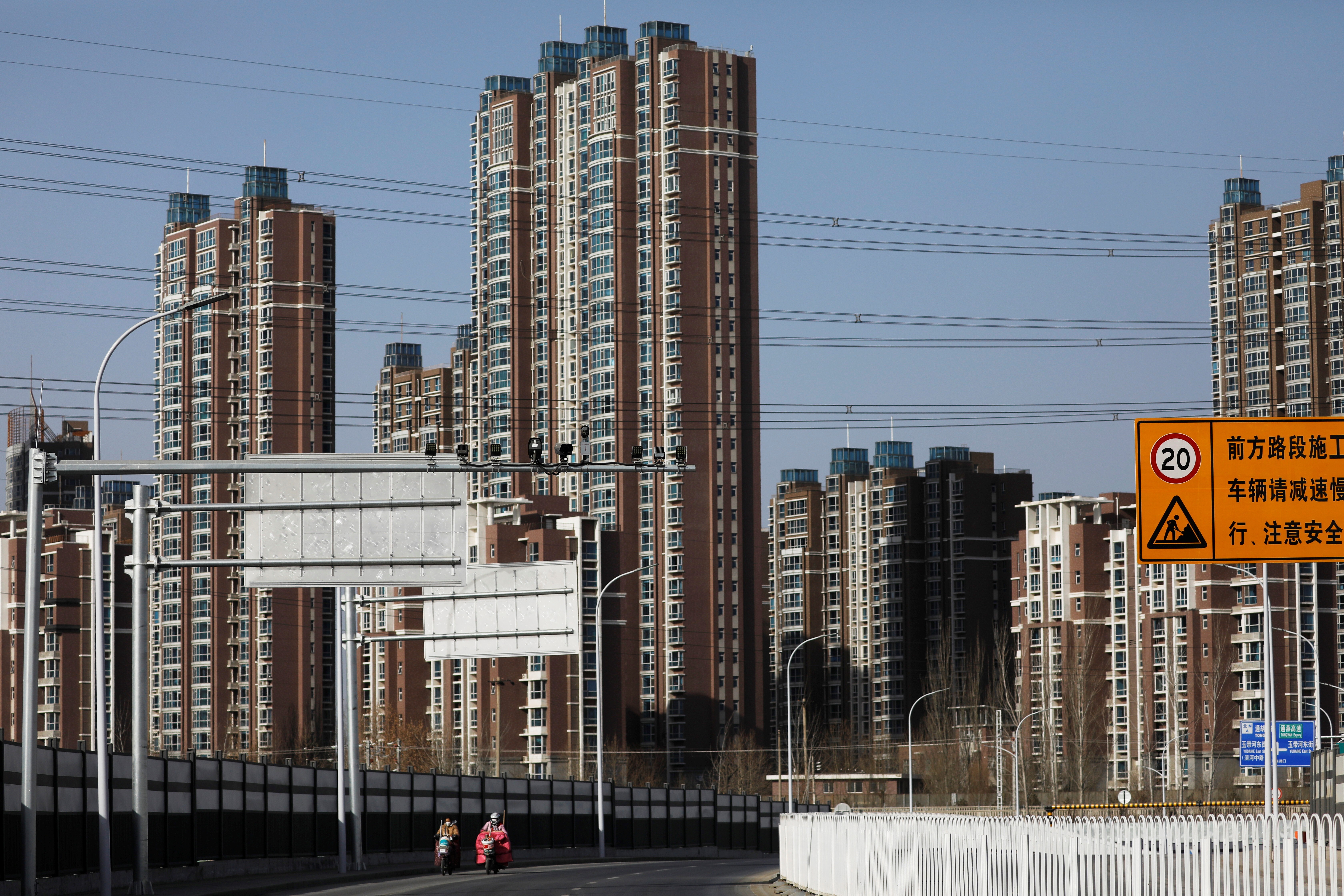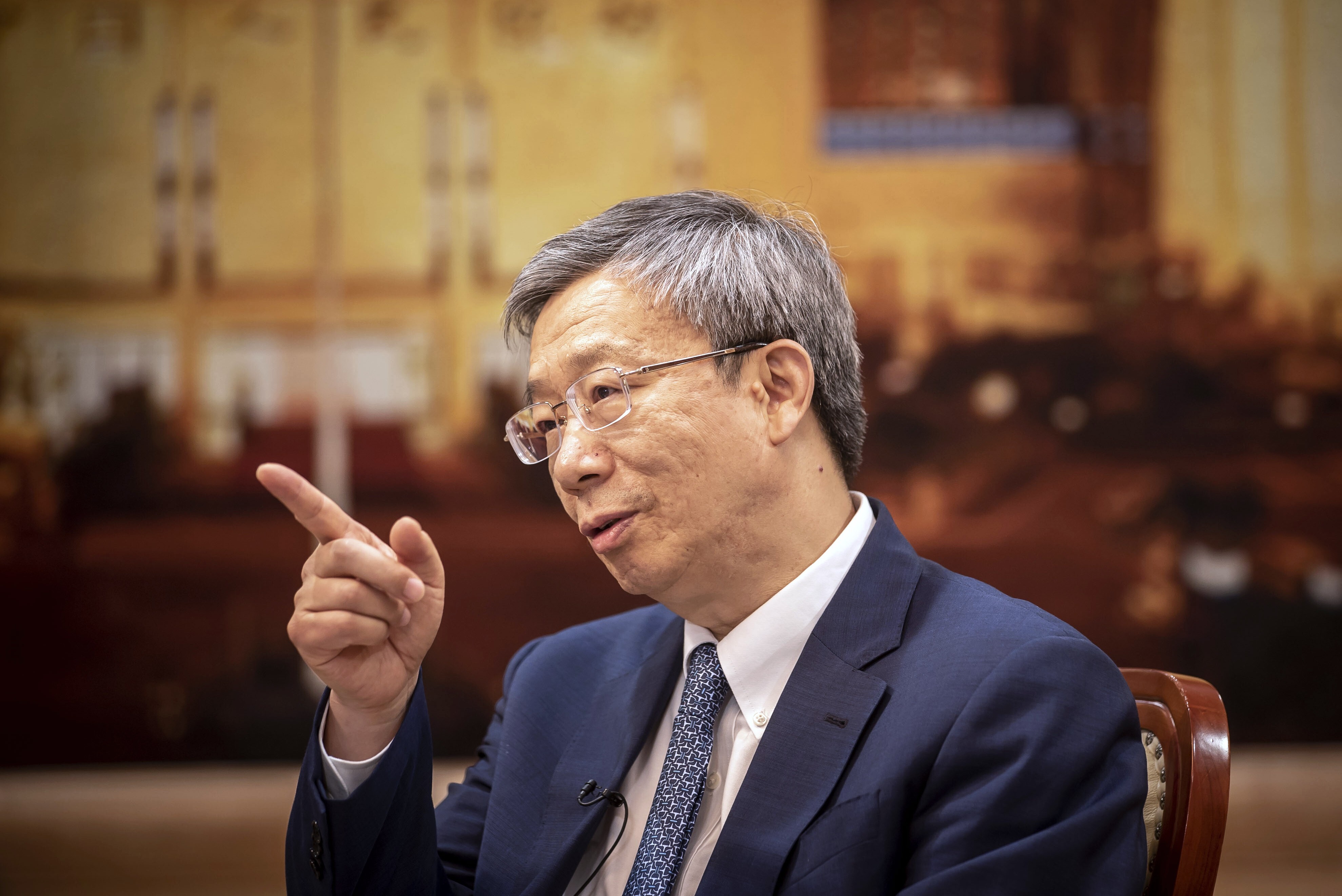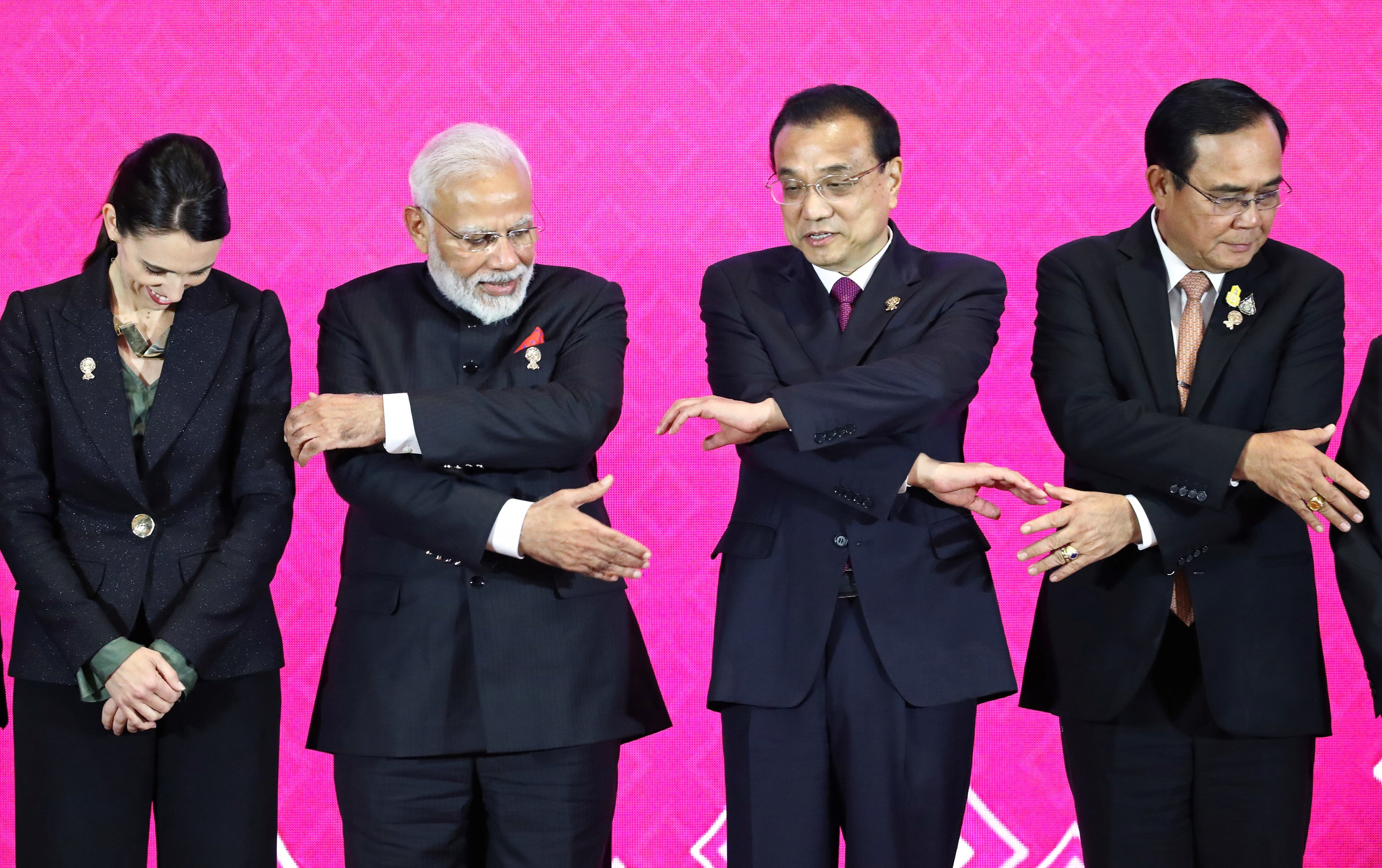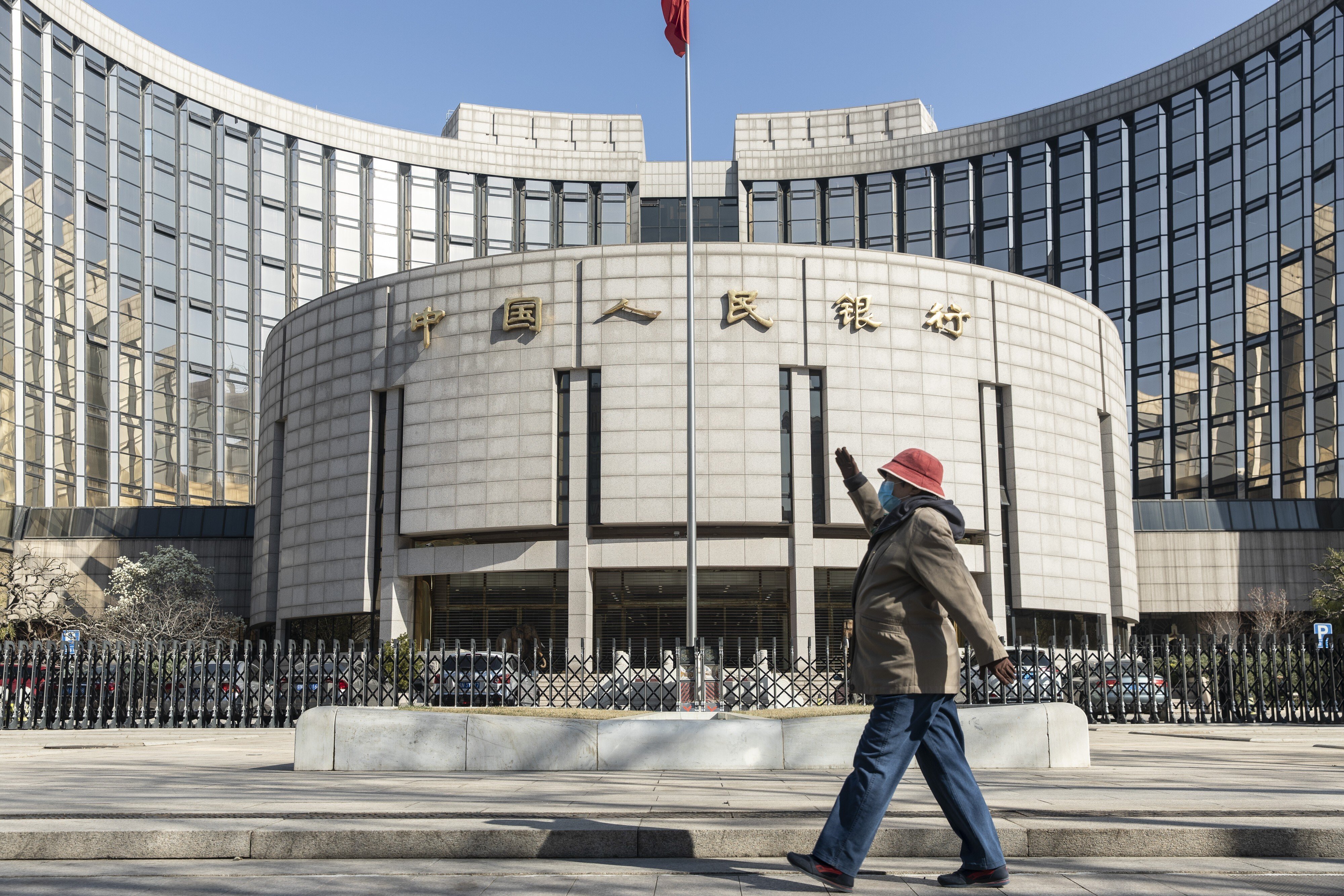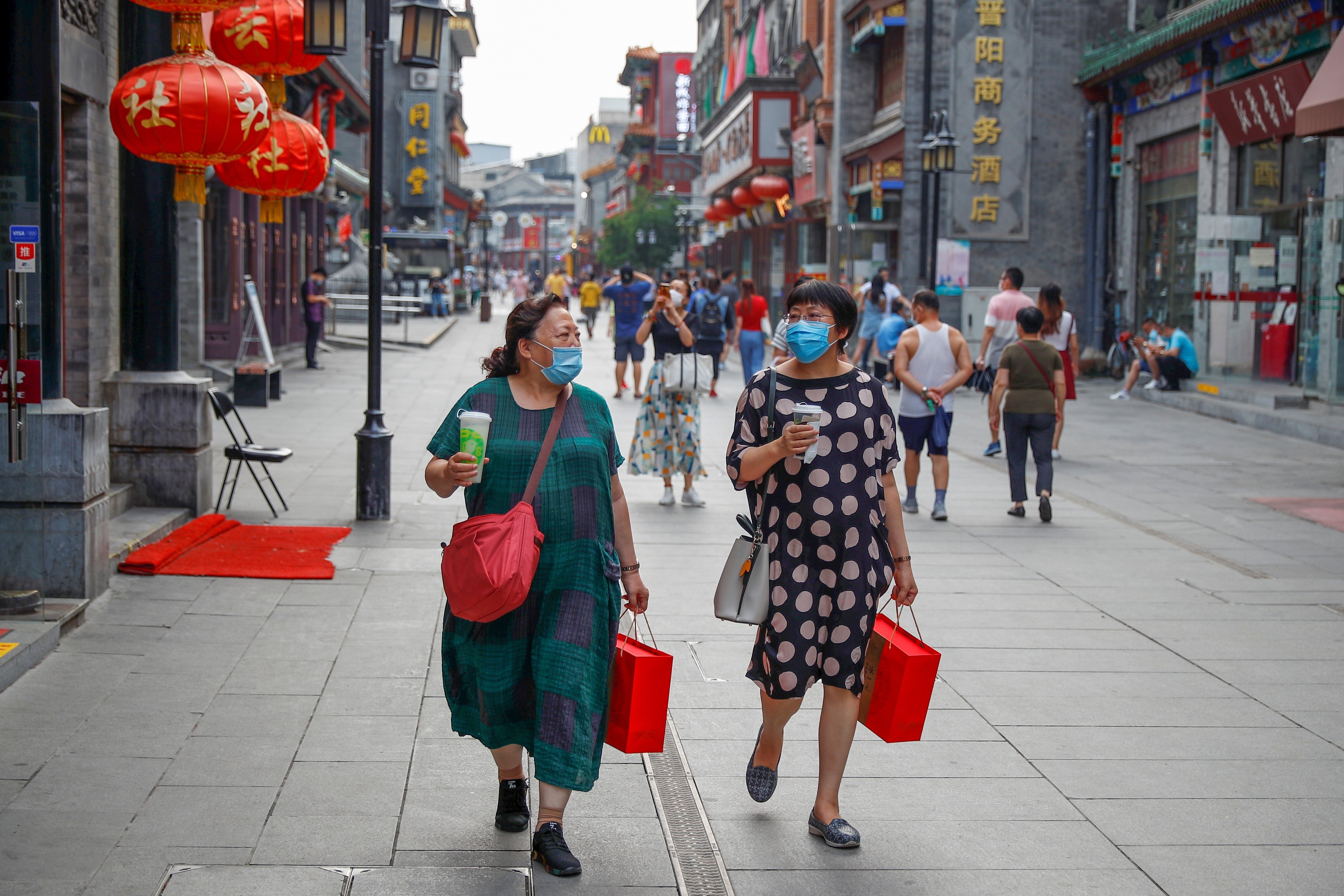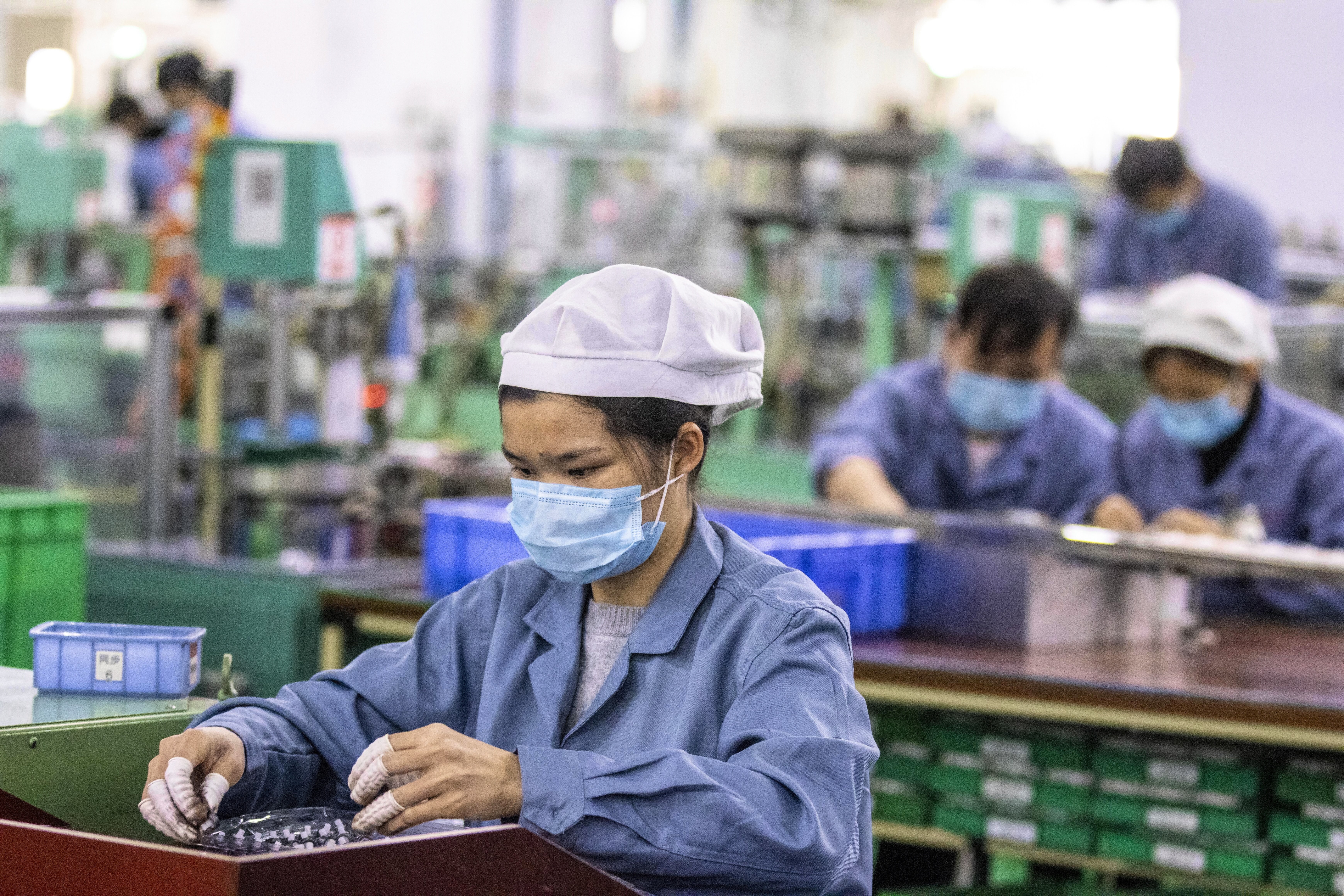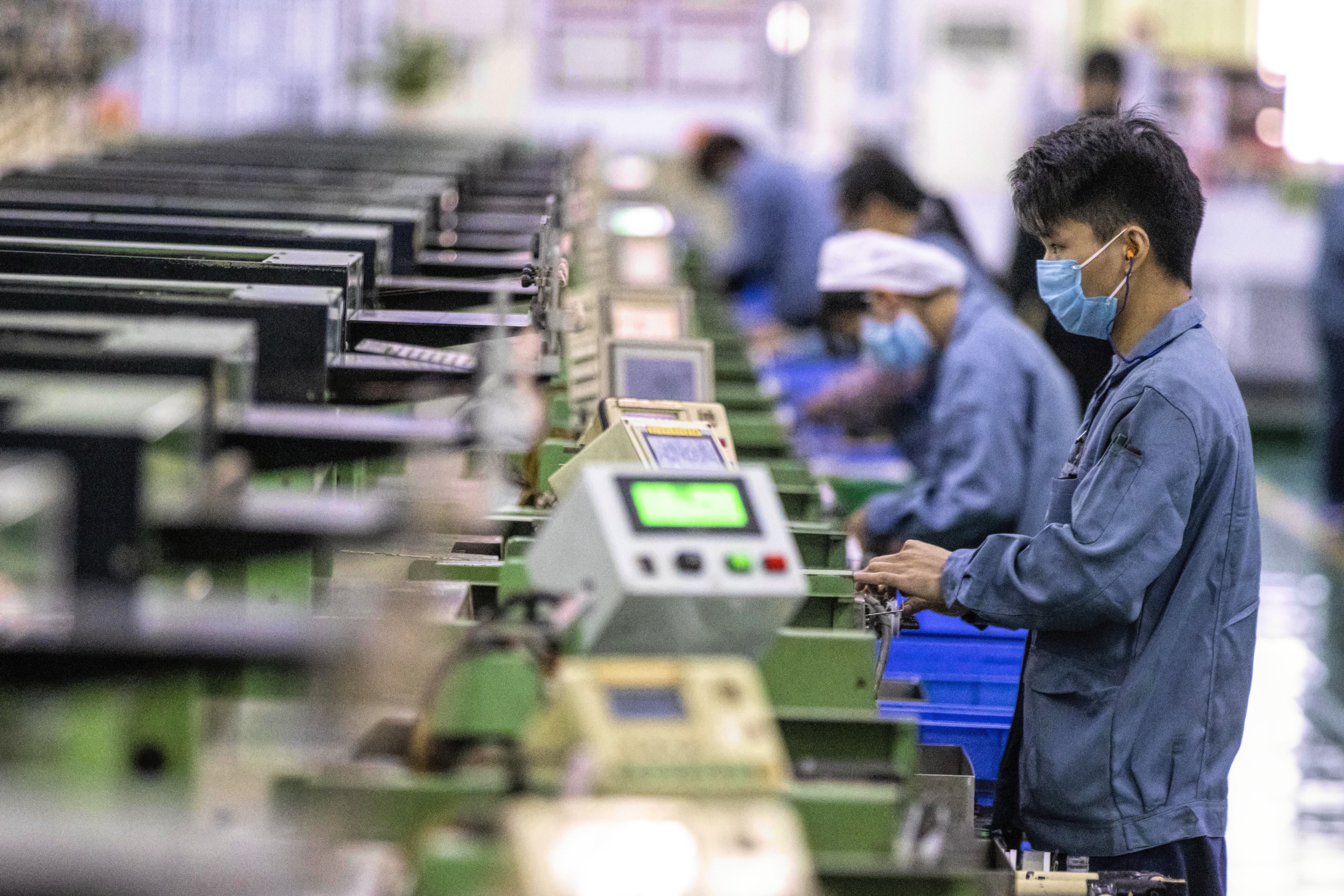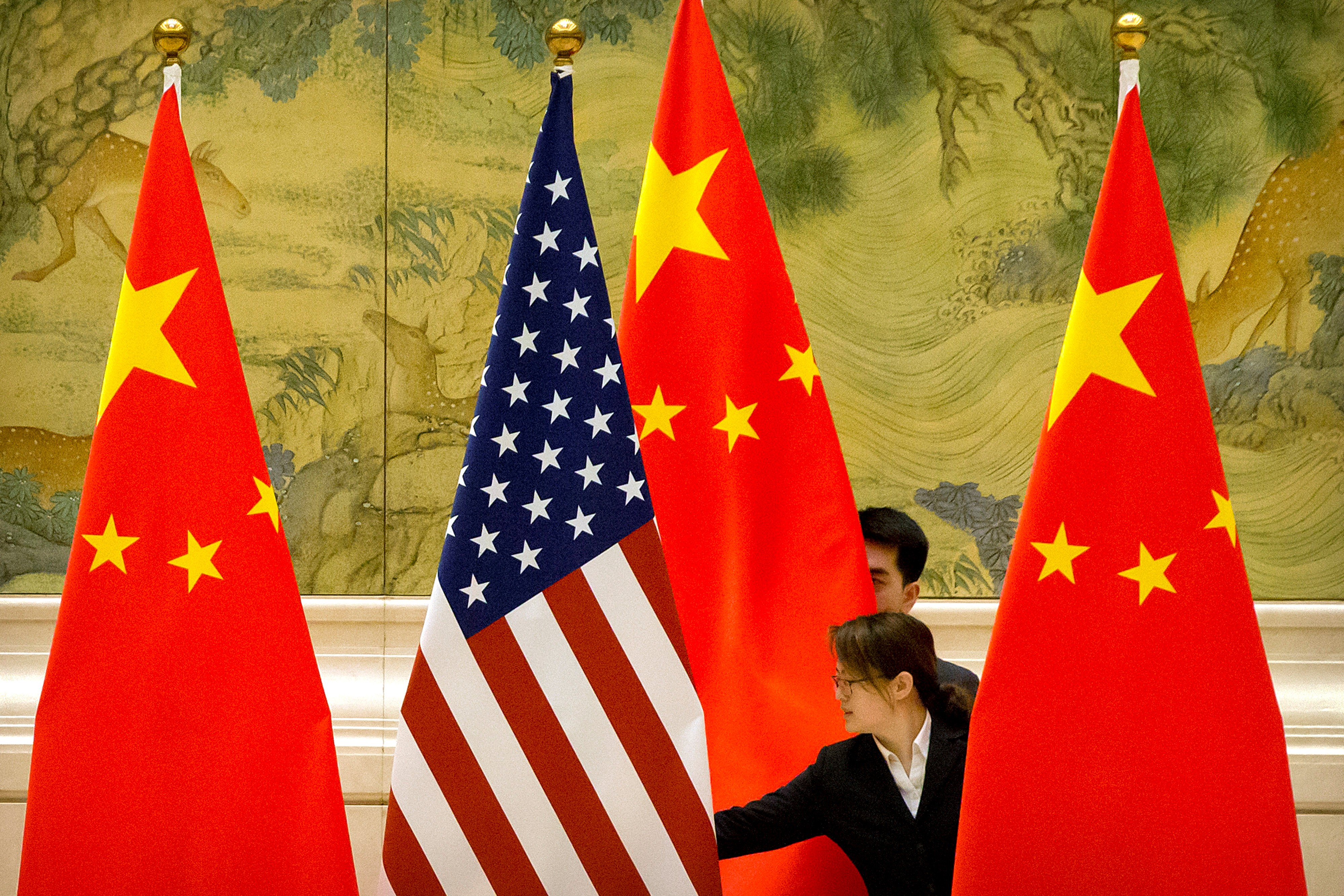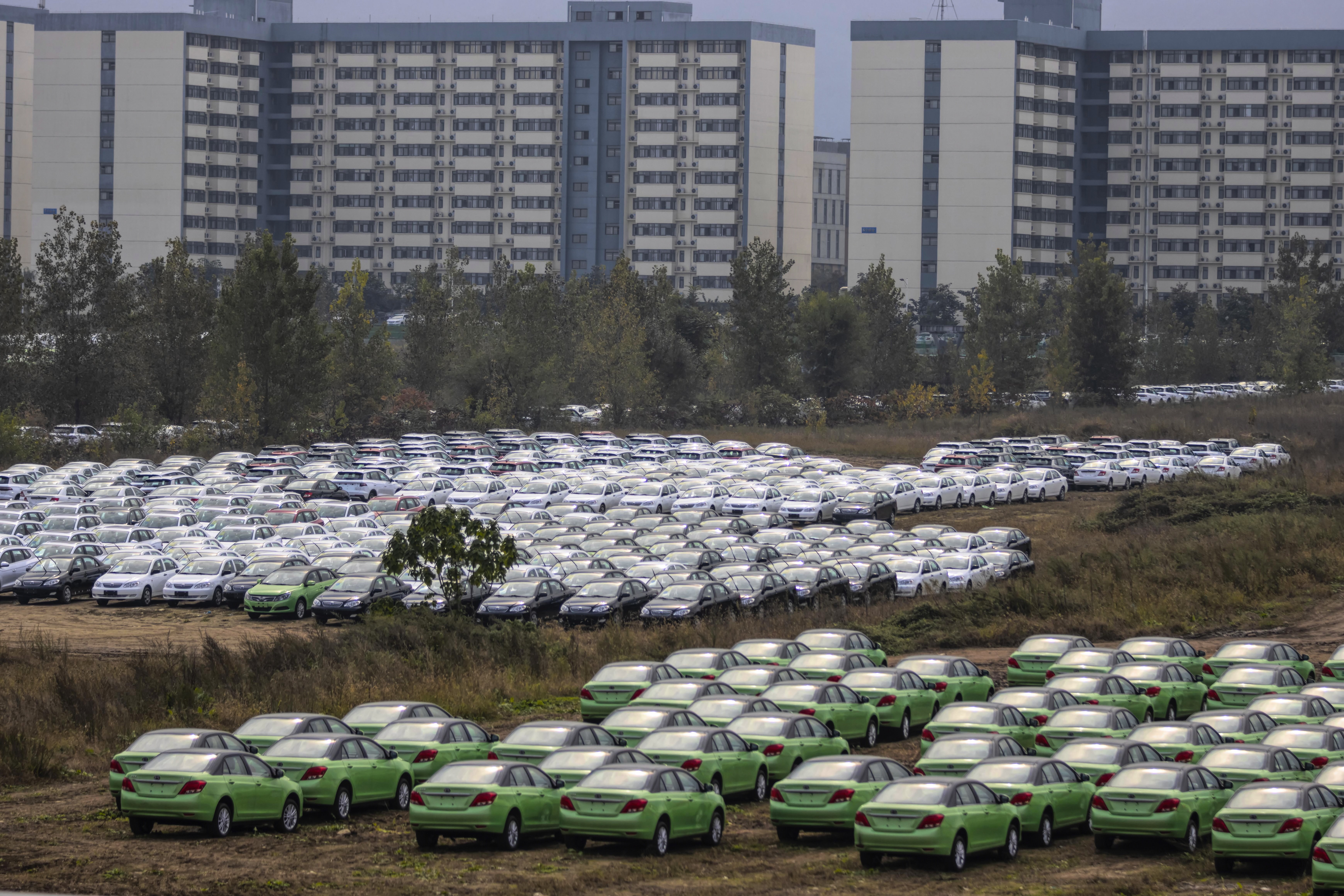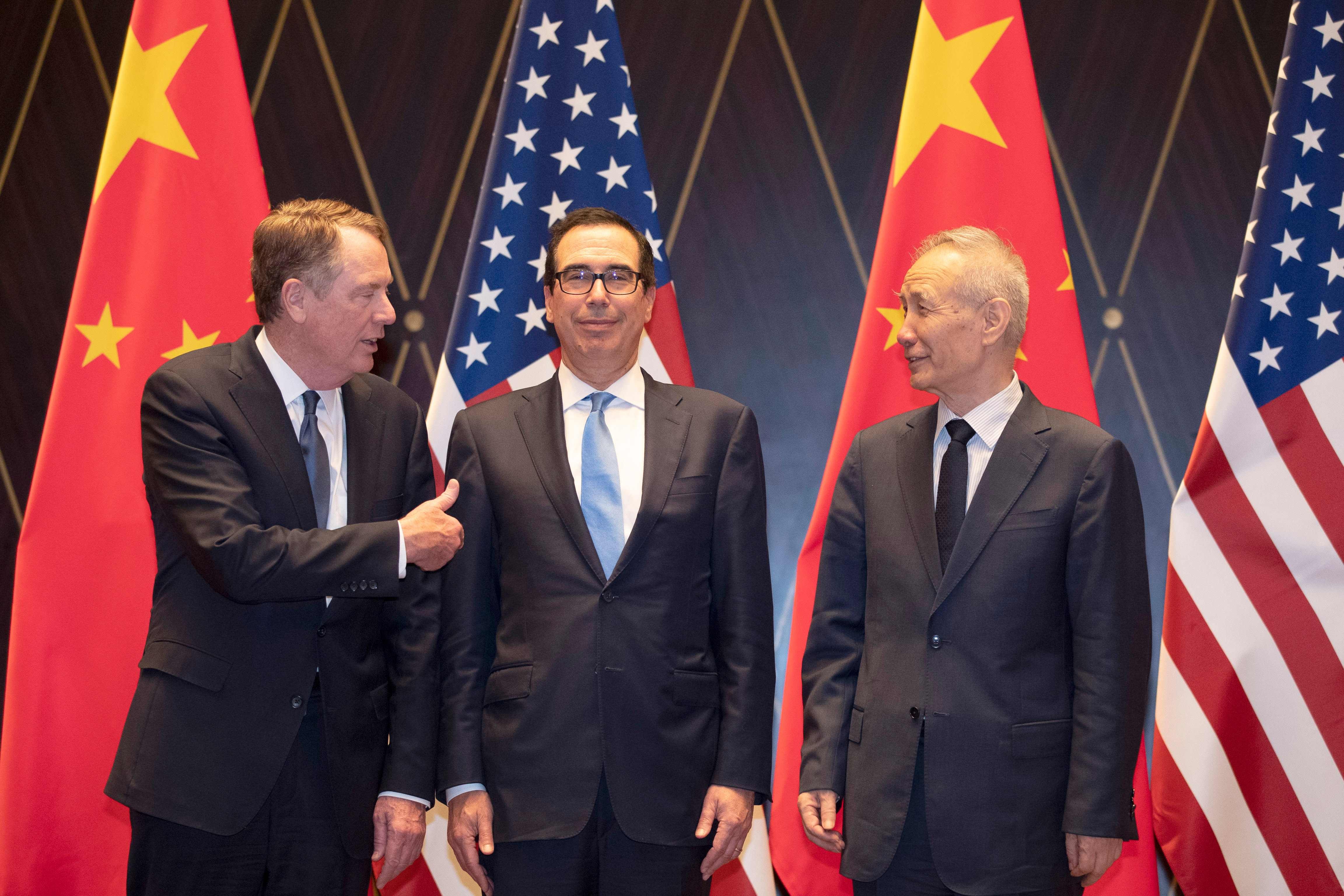
Measures meant to support the market do not appear to have taken effect, and recent news of property defaults shows headwinds remain strong. The importance of land sales, which have been sluggish, suggest the property sector will be a significant drag on economic growth.
While January data suggests policy easing in China has prompted a rise in bank lending, the figures are distorted by a tendency to issue loans at the start of the year. Investors remain concerned about the overall policy direction following last year’s regulatory crackdown.
With a property slump and pandemic-induced weak consumption dragging down the economy, the PBOC has limited room for manoeuvre. Policymakers will not want to undermine the policy goal of curbing property speculation.
The main concern is of the systemic risk of proprietary carry trades and the massive leveraging at banks and financial firms looking to profit from higher yuan returns.
The pursuit of ‘common prosperity’ means a further housing market slowdown is not a deal-breaker. Some fundamental changes are deemed more critical for the country’s future and will better position it amid a shifting global landscape.
China’s coal supply has been constrained by carbon emission controls and tensions with Australia. Beijing may have to consider relaxing its control over electricity tariffs and reviewing its green policy.
While it is too early to say that China has completely shifted its growth strategy, the policy of ‘cross-cyclical adjustment’ suggests the market must prepare for more short-term volatility.
Monetary policy will ease to help small businesses and prevent an economic slump. But a rate cut is a significant and blanket move likely to feed inflation and the housing bubble.
Two measures announced by the Ministry of Education indicate that the government is trying to address the reasons young couples are reluctant to have more children. But given the complexity of the related issues, tackling the demographic crisis will not be straightforward.
The latest census has revealed a significant slowdown in the population growth rate, fertility rate and the number of migrant workers. Given that productivity growth has also been declining, the prospects for the economy remain grim.
Rather than US Fed moves, it’s the uncertainties on China’s economic, policy and inflation fronts that explain the lack of direction in the Chinese government bond market. Amid slowing growth momentum, there is room for Chinese bond yields to trend lower.
Falling company earnings expectation, a credit crunch, geopolitical tensions and pressure from rising US bond yields are a few factors. Beijing will want to address the volatility but investors should be aware that the A-share market remains complex.
To pursue the ‘dual circulation’ strategy in the coming years, or even decades, China needs a bigger consumer base. Beijing is also seriously looking to reduce income inequality to achieve sustainable long-term growth.
A warning of the risk of asset bubbles and Beijing’s recent net liquidity withdrawal are signals to the market that, while the authorities won’t make a sudden U-turn on pledged policy support, they also won’t tolerate unchecked credit growth.
While it’s clear from the Central Economic Work Conference there would be no sudden turn in overall policy, the antitrust measures underline Beijing’s bottom line of preventing systemic risk.
On the domestic front, the Chinese economy is not out of the woods and there is also the risk of disinflation. From a global perspective, loose monetary policy in the West would result in yuan appreciation were the PBOC to raise rates.
China has moved away from its ‘reform and opening up’ strategy and turned to domestic development with an emphasis on self-reliance. The shifting geopolitical landscape and uncertainty over consumer demand post pandemic suggest a bumpy road ahead.
Amid a challenging geopolitical environment, it is unsurprising that China is looking to bolster its domestic market, but it is unlikely to completely turn inward. While decoupling from the West, it is likely to expand regional cooperation.
With limited policy room and a deeply leveraged economy, China’s central bank is pushing forward with new policy thinking, implementing targeted measures in specific sectors.
As global headwinds grow, China has turned its attention inward to focus on domestically driven economic growth. This will come at the expense of efficiency, but it’s a price Beijing is willing to pay.
Beijing authorities responded quickly to the outbreak of a new wave of infections with aggressive mass testing and a partial lockdown, shoring up public confidence.
At the close of the NPC annual meeting, Premier Li Keqiang made it clear that China will defy market hopes for large-scale stimulus in favour of targeted support to help the economy ‘survive’
Going by China’s experience, it could take countries over three months after lockdown restrictions are eased to get their economies back on track. Economic activity could return to normal levels by the last quarter of 2020.
As the domestic job market has softened and external demand from the US and UK is expected to slow down, more fiscal stimulus should be in the offing. While policies to support the auto sector have been launched, easing of curbs on the property sector looks unlikely.
A cut in the sidelined official one-year deposit rate, unchanged since 2015, is unlikely to push down the cost of loans for battered companies. But the central bank’s hint that it is considering the move signals more policy measures may be required.
China is looking to increase domestic consumption from rapid urbanisation to spur economic growth. But an ageing population, and local government and household borrowing complicate the picture.
Neither Xi nor Trump has run out of cards to play to secure the best possible deal for his side, but each will be careful to avoid scuppering the negotiations. More time spent ironing out the details will be time well spent.
Markets Markets believe certain growth levels need to be maintained in China’s quest to become a ‘moderately prosperous society’ and, ultimately, a superpower. But, given the trade war and changing external circumstances, missing targets may be the new norm.
Trump’s trade war may be spurring China’s growth strategy, and was probably the reason for the delayed fourth plenum. A modern manufacturing sector seems likely to top the agenda for policymakers, given comments from President Xi and moves to channel capital away from the property market.
China pushes ahead with deleveraging and tightening standards to avoid systemic risks, while the US seeks stimulus. These approaches appear opposite, but both are about girding up to maintain an advantage in the trade war.

